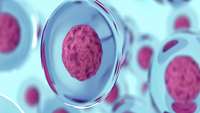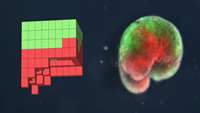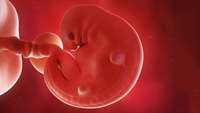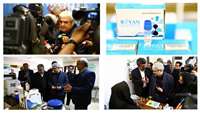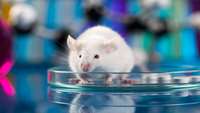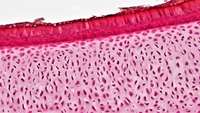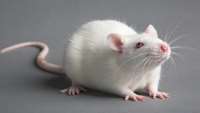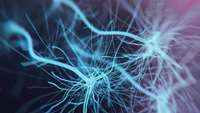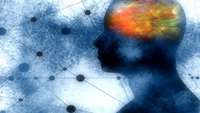Scientists Have Built Synthetic Cells That React to External Cues, Just Like Real Ones
Researchers have developed artificial cells that can respond to external chemical forces, just like real ones do. This exciting step could get us closer to using synthetic biological structures in real-world situations, such as targeted drug delivery or cleaning up pollution.
Meet the xenobot: worlds first living, self-healing robots created from frog stem cells
Scientists have created the worlds first living, self-healing robots using stem cells from frogs.
Embryos early development revealed in a dish
During embryonic development, the entire nervous system, the skin and the sensory organs emerge from a single sheet of cells known as the ectoderm. While there have been extensive studies of how this sheet forms all these derivatives, it hasnt been possible to study the process in humans until now.
Opening of “Royan Center for Innovative Technologies Commercialization and Acceleration”
The vice president for science and technology affairs stated: the orientation of Royan Research center to earn revenues from knowledge-based companies is a valuable act, which has led to the decrease of Royan’s dependency on the government.
Plant-based compound may enable faster, more effective gene therapy
Gene therapy has broadened the treatment possibilities for those with immune system deficiencies and blood-based conditions, such as sickle cell anemia and leukemia. These diseases, which once would require a bone marrow transplant, can now be successfully treated by modifying patients own blood stem cells to correct the underlying genetic problem.
Early mouse fetuses generated without sperm or eggs for first time
For the first time, artificial embryos made without sperm or eggs have started to form live fetuses after being implanted in female mice. However, the embryos had some malformations and we are still a long way from being able to make human babies this way.
Humans have salamander-like ability to regrow cartilage in joints
Contrary to popular belief, cartilage in human joints can repair itself through a process similar to that used by creatures such as salamanders and zebrafish to regenerate limbs, researchers at Duke Health found.
Breast cancer cells in mice tricked into turning into fat cells
As cancer cells respond to cues in their microenvironment, they can enter a highly plastic state in which they are susceptible to transdifferentiation into a different type of cell. Researchers at the University of Basel in Switzerland exploited this critical phase, known as an epithelial-mesenchymal transition (EMT), to coax breast cancer cells in mice to turn into harmless fat cells. The proof-of-concept study appears January 14 in the journal Cancer Cell.
Transplanted bone marrow endothelial progenitor cells delay ALS disease progression
Transplantation of human bone marrow-derived endothelial progenitor cells (EPCs) into mice mimicking symptoms of amyotrophic lateral sclerosis (ALS) helped more motor neurons survive and slowed disease progression by repairing damage to the blood-spinal cord barrier (BSCB), University of South Florida researchers report.
New approach to drug discovery could lead to personalized treatment of neuropsychiatric disorders
Researchers have developed a method that could drastically accelerate the search for new drugs to treat mental health disorders such as schizophrenia.


